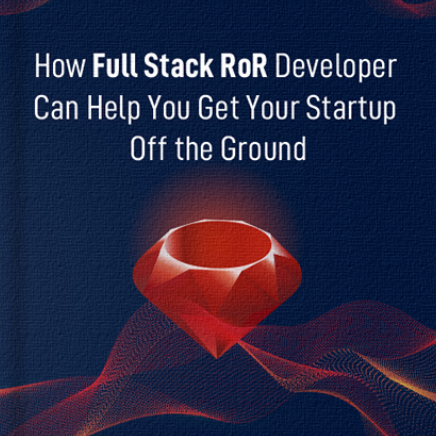Quick Summary:
Most entrepreneurs are skeptical about using Ruby on Rails because of the infamous traits of scalability. No one doubts the immense potential and performance of Rails, but let’s face it, you want to know- Is Ruby on Rails scalable?
Read this blog to get your doubts clear. Here we have covered what is scaling Ruby on Rails, what are the issues with Ruby on Rails scalability, the various ways how to scale Ruby on Rails application, and how to avoid scalability issues using which tools.
Table of Contents
Scaling Ruby on Rails (Everything about it)
Ruby on Rails has contributed tremendously to today’s modern and trending web applications. If we talk about Ruby on Rails Scalability, it is the potential of the framework (eventually in the future) to be able to grow and manage more users on the website/web application per minute.
However, the essential point is that it’s not the RoR framework that is responsible for scaling Ruby on Rail applications, but it is the architecture of the framework that is accountable. Let us understand by taking an instance of the Ruby on Rails server architecture and how the basic scalability takes place.
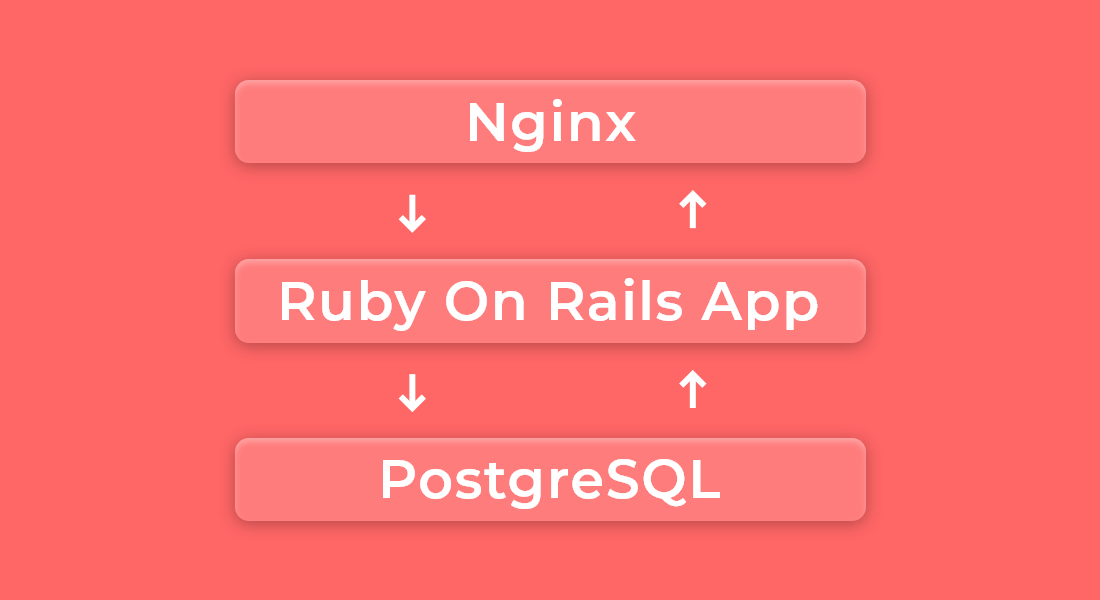
Here, this is a basic RoR application architecture at the beginning where a single server hosts
- The Nginx server,
- The rack application server
- An instance of your Ruby on Rails application
- An instance of your Database
So at the beginning, let’s say that the computer/server is capable of handling a hundred users per hour easily. As the application gets more popular and the traffic starts to increase, the number of user requests multiplies- say hundred or thousand per minute.
When the server can no more cater to these upcoming requests, your RoR application becomes unresponsive to users. Hence, we have to find options for scaling Ruby on Rails applications.
Never dissatisfy a user visiting your web application!
Hire vetted Ruby on Rails Developers from us to build and scale your web applications.
Ruby on Rails Scalability Issues
The most frequently asked question is- What are the Most Common Problems with Rails App Scaling? Let us figure it out.
You might be familiar that Rails introduces Scalability on its own when your application grows, but the concern is related to the system architecture, not the framework itself. Developing an application using Rails way is not certainly the best approach when your application grows rapidly. Not saying that scaling Rails applications is always a pain.
Here are the most common issues with scaling Ruby on Rails application.
1. Extremely well structured App Architecture
Of course having an engineered app architecture is not a negative point, but watch out for how is it hurting your app scaling. Ruby on Rails supports multi-threading, again, which is a good thing.
However, multithreading means that your app can undertake varied and several tasks parallelly. This hinders the app’s performance. You pay a heavy cost for the context switch.
Overcome With:
Avoid overly customized code complexity unless required for your application. Use RoR’s multi-processing instead of multi-threading. Just be cautious of not mistakenly deleting a parent process leaving behind the zombie child processes.
2. Unbalanced Database Setup
Having a complex database design is a proud matter for many RoR app owners. If you tend to keep your RoR app database set to the optimal, you might fall trap to the slow queries, lack of caching, and tangled database index.
Overcome With:
Try to deliberately cache data and divide/simplify your database, known as sharding. You can use the following to execute- Redis, Memcached, and ActiveRecord.
Even if you don’t have performance and scalability issues like Twitter, there are still some most common issues when it comes to scaling.
- Poor performance database queries
- Inefficient caching
- Lack of monitoring skills
- Inefficient database engine
- Wrong memory management
- Overall spaghetti code
- Improper background jobs design
- Complicated database schema
- Bad indexing
- App server limitations
Still, Rail is an excellent framework with a huge community and thousands of questions answered online forums. Hundreds of open-source tools are available to build your stack, including profiling and analyzing tools to classify bottlenecks of your system.
The ideal Development Company Awaits you!
Partner with us the best Ruby on Rails development company to please your Users. Once we join hands, we ensure Reliability, Trust & Scalability.
How to Scale Ruby on Rails Web Application?
The two most common methods of scaling Ruby on Rails application are:
- Vertical Scaling
- Horizontal Scaling
1. Vertical Scaling
Vertical Scaling is one of the most straightforward ways to handle increased traffic. It involves upgrading hardware components like RAM or server power or using a more powerful processor, etc. Initially, it works well for the increased traffic, but there is a saturation point, and vertical scaling is not much beneficial when the traffic increases beyond that.
There are multiple drawbacks of this approach. The hardware components get outdated, the components are expensive, and the major one is when you need to scale your RoR apps, some parts necessitate more computational resources than others. It can be better illustrated with an Example: Facebook requires different servers for different operations like the news feed, which needs to be updated frequently, and for image processing, which requires less server efficiency. So, to tackle the scenario, Facebook has installed more than one server, of which the less powerful server works for image processing, and the more powerful one works for the news feed.
When the saturation point as stated above arises and the vertical scaling is not possible anymore, we can move up to horizontal scaling.
2. Horizontal Scaling
Horizontal Scaling on Rails is somewhat similar to that in many other frameworks. It helps distribute the computational operations within different servers, increasing your app’s performance. It enables you to increase the number of servers for the backend without any limit, and you can employ different performance servers for different modules.
The Horizontal Scaling operates on a three-tier architecture which is divided into three levels as follows:
Load Balancer (Nginx)
RoR uses Nginx server software as a Load Balancer, deployed on a single server. It’s a smart distributor of computational operations between servers. It requires a medium-powered server to get computing power to work normally under high traffic. Its sole purpose is to filter and distribute the load.
At first, the server receives the initial request and forwards it to the first machine. Then, Nginx sends the second request to the second machine. Suppose you have three machines, then the fourth request from the user would be sent naturally to the first machine again.
Web App Instances
As mentioned above, you must have additional servers to establish the interconnection with the app, and Nginx, you must have additional servers. For users, it is something they don’t even know exists, but they access different app instances. This is possible because of a unique interface called Rack, an application server. Many other application servers are available in the market, like Puma, Unicorn, and Phusion Passenger. These application servers are responsible for the I/O of the operation; the asynchronous programming style can speed up the processing and deal with user requests.
Database instances
While scaling a database, we can deploy a database on the same server as the application, which is economical, but it has several drawbacks. The separate saving and retrieving of data lead to data spread of the entire application across machines, making it inconvenient for website users. If Nginx redirects users to an app instance other than where their data is stored, they can’t even sign in because their data is located on a different machine!
You must separate the database from other servers to create a fault-tolerant architecture. So, if your database collapses, the database instances in the data tier handle the traffic, and the Rails app continues working.
Therefore, you can transfer your database to its own server, which can be used by all app instances or several servers, each running database. You can use database replication to update data across all databases. Once a database has new data to share, it informs all others about changes (standard procedure for Multi-Master Relationships among databases).
In Master-Slave Replication, databases interact with the primary (master) database. The master database stores data from other databases. The database instances receive updates only at master database commands.
These two are the common approaches to making the data layer consistent across multiple databases.
Other Ways to Scale your Rails Application
Below mentioned are some methods of how to achieve scaling Ruby on Rails server architecture:
Cache: It is advisable to use Ajax libraries like jQuery to stream in data to the browser on demand. Make use of reverse/gateway proxy to HTTP responses to use eTags and expiration. Leverage built-in action, fragment, and caching to cache results from your database.
Segregate Data: It is advisable not to store all of your data in the same storage. I have seen so many clients use Hadoop for analyzing large amounts of unstructured data for scaling the storage. For any further data reporting needs, do your reporting from the main database instead of the production database!
Handle External Dependencies: Check dependencies for ad serving networks or RSS feeds. If the services do not support it’s hard to grow the request load. So ensure to have a fallback strategy.
Unavoidably Relational Data: At the time of high scaling levels, ensure that the MySQL database has been sharded. Sharding contains datasets into independent. For the customer-oriented Rails applications sharding is based upon userid’s.
So next time when it comes to making a technology decision of scaling, instead of asking “does my app scale” listed are the questions you should be asking instead:
- How long would I be able to get away with the Rails application?
- Name the right tool to get the job done for my app?
- Will my app will scale, the assurance you claim to our investors? Never lie to yourself here
- What is more significant: Have your application up and running in front of real users or make it scalable for an imaginary future.
Also Read: Tips to Optimize Ruby On Rails Performance
What to Keep in Mind While Scaling RoR App
By following these implementations, you can protect your Ruby on Rails application from scaling issues.
- You already have in mind that you are scaling Ruby on Rails application in near future, so keep in mind that as soon as you fix your app’s prototype, make a copy of your core elements. In case anything goes against your expectations, you should have a safe backup to re-begin with.
- Include the loading tests during your pre-deployment process so that you can estimate how much space for improvement your application has. And learn how long will it take for each process to complete.
- Go for automatic scaling so that whenever your app’s no. of users grow, the server’s capacity will also expand.
- When your app demands operations involving 3rd-party APIs, network support, or input/output deals, it will surely take up a lot of capacity. Try to avoid using such operations, and instead use alternate methods where these activities need not be synchronous.
- Make use of Kubernetes and Docker.
- Wisely choose your databases looking at which part of your application may need an expandable database.
- Constantly keep a check on your RoR application metrics to see where is the threshold hitting. You should use tools like New Relic and Datadog.
- Simplify your app logic into executable tasks and schedule them one after another so that it doesn’t malfunction.
- Keep in sync with your development team, such that you can warn them when you expect the traffic to soar.
Best Ways to Scale your RoR Application
You know that you will have to take action while scaling your Rails app architecture; but how will you know when is the time for action. You need to trace when the traffic is peaking.
Below mentioned are some of the tried and tested software to track your app’s performance and metrics when the traffic hikes:
New Relic
The famous and popular observability platform. It integrates Docker, Kubernets, and many AWS services.
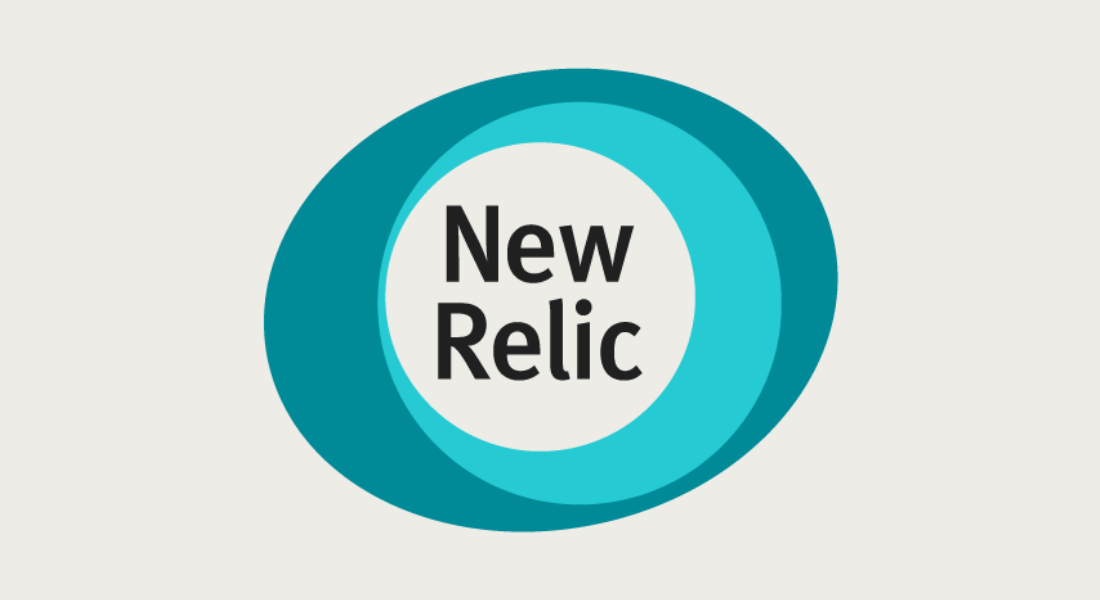
Flame Graphs
Visual representation of how and when your Rails application is reaching the threshold of traffic/users.
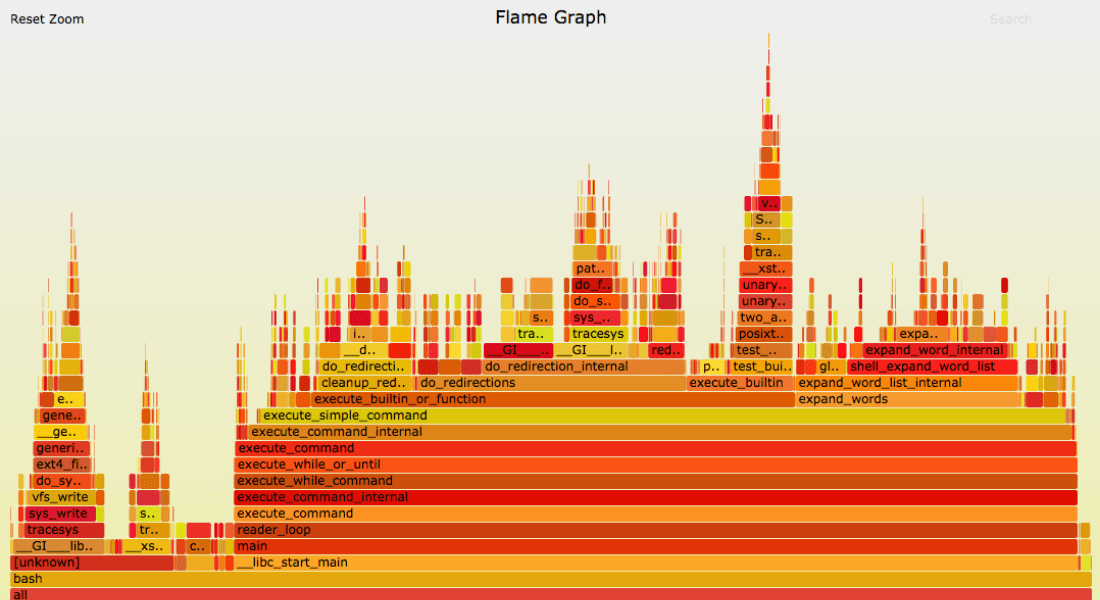
Splunk
Manage, visualize, and analyze your application’s data, traffic, performance.
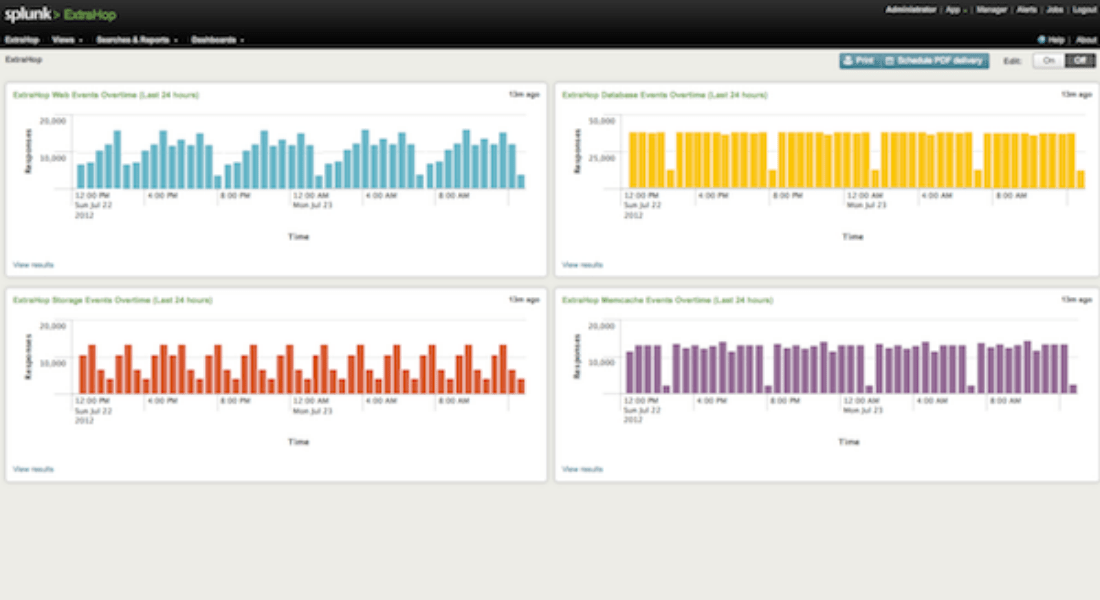
StatsD
It is a standard protocol that gives you your app metrics.
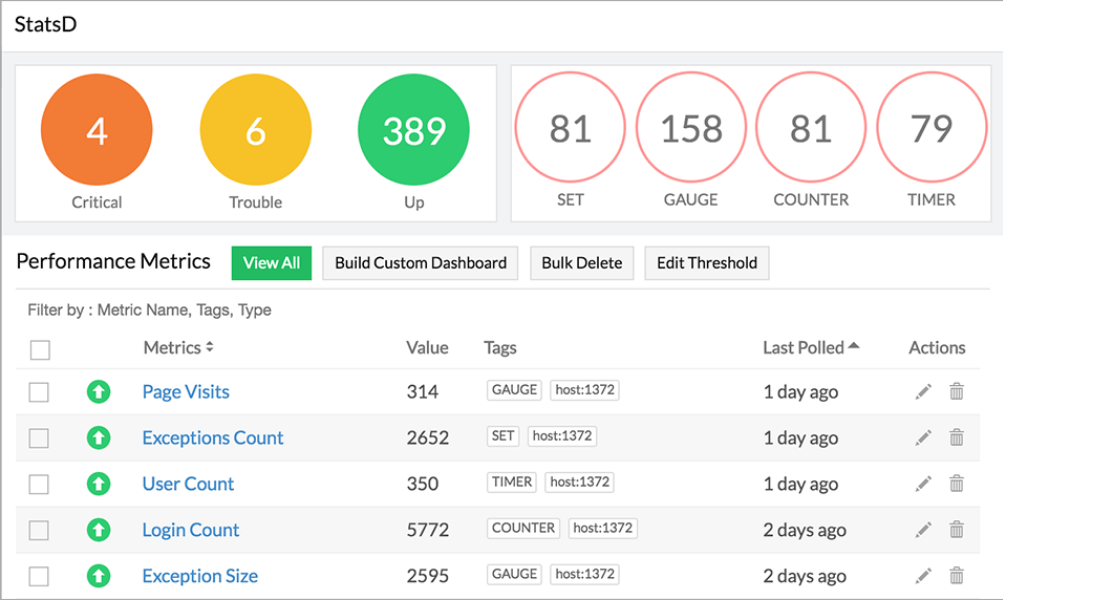
Wrapping Up
Respond to these questions effectively and make an equipped decision. In Conclusion, I would like to bring to your attention what Shopify said years ago at the RoR conference regarding the scalability of the Rails app: “There’s no magic formula to scale rails application. But if the question is, does it scale? The answer is, indeed yes. If you are looking for assistance to scale your existing Rails application, without a doubt, hire Ruby on Rails developer from us to build scalable web architectures.
Frequently Asked Questions (FAQs)
Ruby on Rails applications are quite easily scalable. You can either scale your RoR app scale horizontally or vertically.
The points to keep in mind while scaling your business app are
- An increase in Users is directly proportional to an increase in resources
- Maintain the best possible user experience
- Choosing the proper hardware when scaling vertically
- Load testing using simulation
Some of the top companies that use Ruby on Rails are
- Social media – Goodreads, Ask.fm, Twitter
- Ecommerce – Shopify
- Online Marketplace – Airbnb
- Development platforms – Github, Heroku
- Video streaming – Hulu, twitch
- Project Management tools – Basecamp
- Cloud Applications – Zendesk
Yes, RoR is an open-source framework with vast libraries with ready-to-use modules; these collectively make RoR easy to use and reduce business owners’ time and investment.
You can develop any web application using Ruby on Rails because it is a web development framework. But you should always choose the perfect framework for your business. Here are some cases that would not be the best when developed using Ruby on Rails. You can choose a cost-effective solution to develop a simple, static web application. Developing a blogging application or site using Ruby on Rails is not a good choice, whereas WordPress is a better option.
Your Success Is Guaranteed !
We accelerate the release of digital product and guaranteed their success
We Use Slack, Jira & GitHub for Accurate Deployment and Effective Communication.
